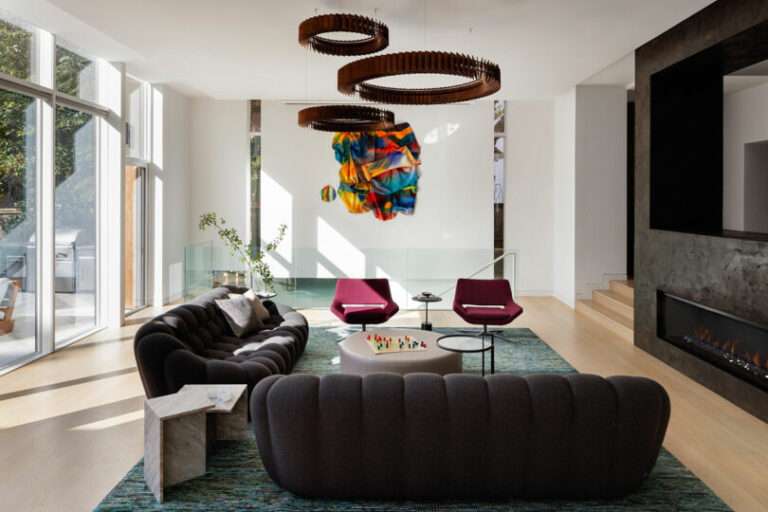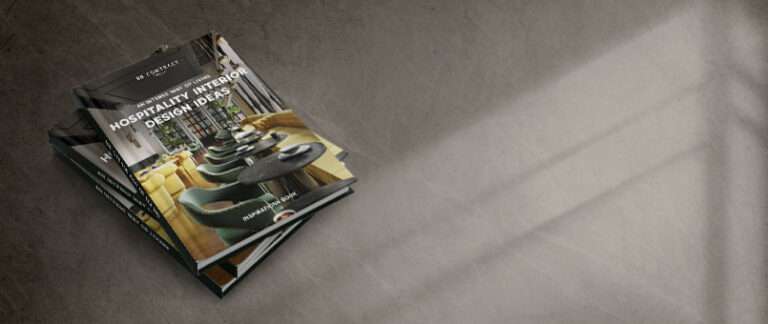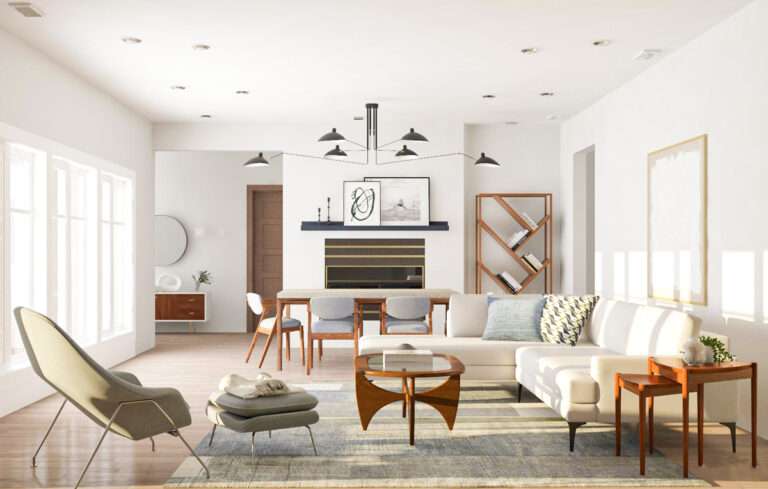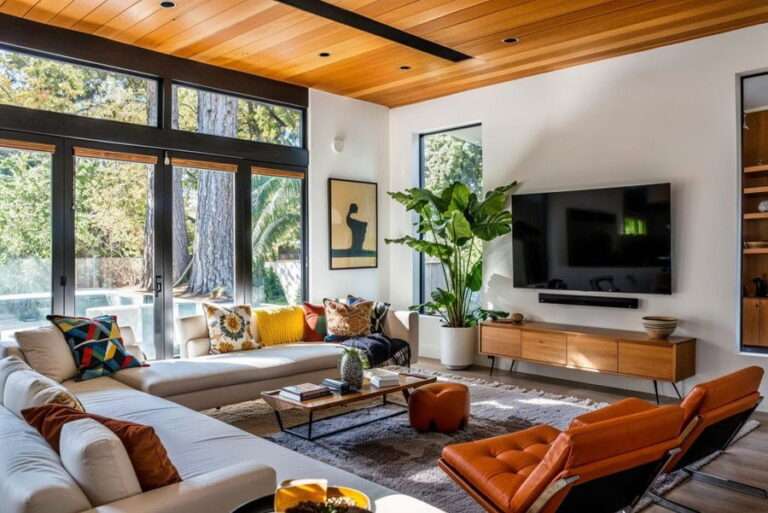Similar Posts

Before & After: Bespoke Bedrooms for a Family Home – Decorilla Online Interior Design
Looking to create a bedroom that’s truly one of a kind? This family’s home just underwent…

Maryland’s Ginko House: Where History Meets Modernity
Stepping onto the grounds of this Bethesda, Maryland home, visitors are greeted by the majestic ginkgo…

Salone del Mobile Spectacle: Mecca Console Steals the Show
As the dust settles on another thrilling edition of Salone del Mobile, it’s time to reflect…

How to Use Beige in Your Home: Color it Without Boredom
We are all attracted by bright characters in life. So is the case with colors. Think of a colorful extravaganza and it is reds, blues and yellows that come to mind first. Then you would want to think about neutrals and it is white that leads the pack. In the last decade or so, gray […]
You’re reading How to Use Beige in Your Home: Color it Without Boredom, originally posted on Decoist. If you enjoyed this post, be sure to follow Decoist on Twitter, Facebook and Pinterest.

How to Keep Your Kitchen Pest-Free: Tips and Ideas
We spend so much of our time flipping through and sharing design and decorating inspiration with our readers that at times we might gloss over ways in which we can take better care of our existing home interiors. Not every day is about finding new furniture pieces, colors for the accent wall or styles that […]
You’re reading How to Keep Your Kitchen Pest-Free: Tips and Ideas, originally posted on Decoist. If you enjoyed this post, be sure to follow Decoist on Twitter, Facebook and Pinterest.

Home Improvement Trends 2025 That Add Value to Your House – Decorilla Online Interior Design
Are you ready to boost your property’s value with the latest home improvement trends? Remodeling is…